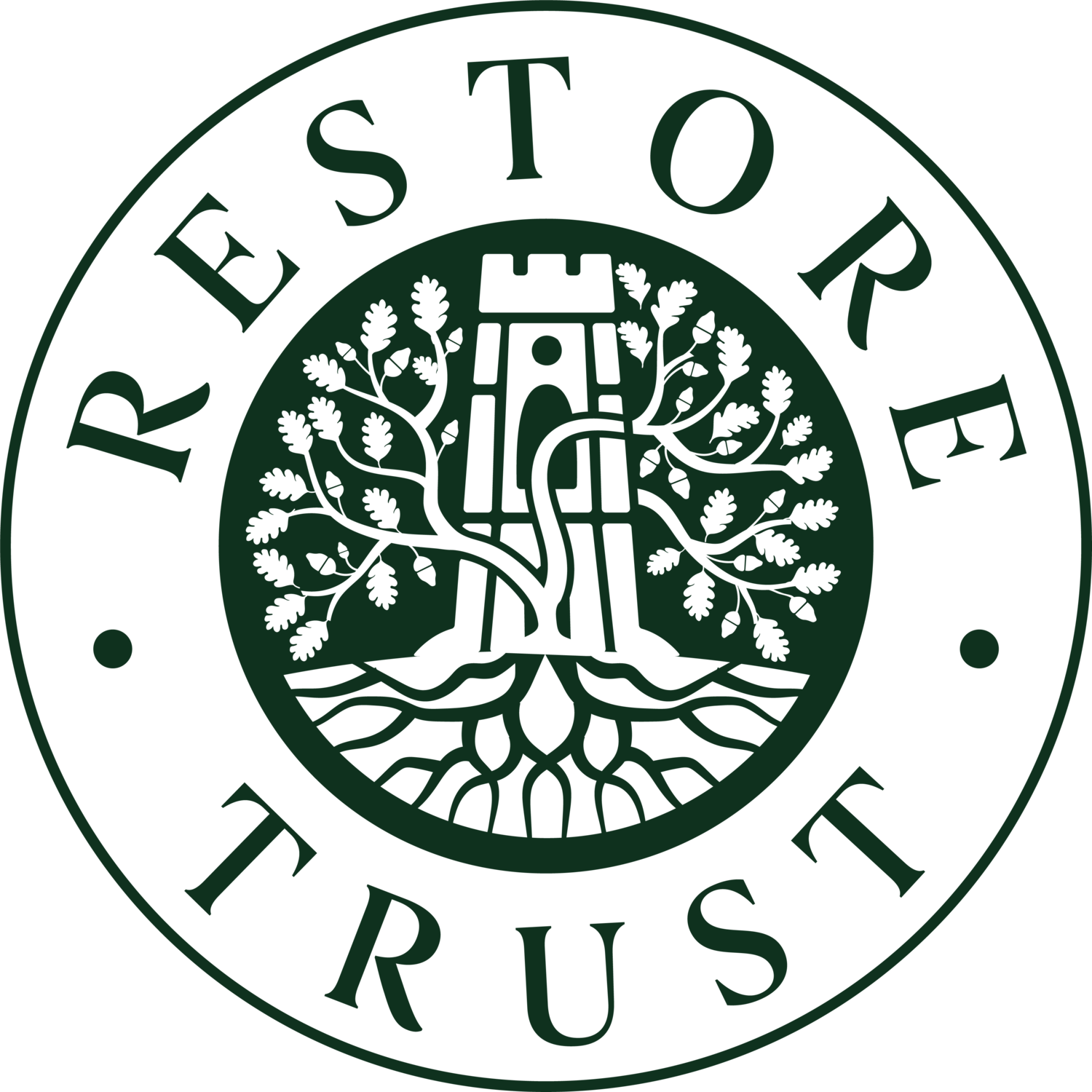How it came about that the spirit of the National Trust's Historic Houses is being damaged
Jeffrey Haworth, formerly Historic Buildings Representative and Curator at the National Trust, writes:
Two decades ago, two very different initiatives were launched at the Trust, both very positive in principle. One was the decision that each NT Historic House shown to the public would be Registered as a Museum. The other was the goal that by 2020, everyone in Britain would 'feel like' a Member of the National Trust.
Taking the latter first, the Management committed itself to the 'Forever for Everyone' mantra. Needless to say, this is unachievable in a literal sense, but the wish to be open and inclusive is noble. Such desiderata are a 'big add-on' to the National Trust's legal Charitable Purposes of preserving beautiful places and historic buildings for the nation.
There had been no compulsion for extensive, instant access hitherto, but, by 2019, the Director General was ordering all Volunteers and Staff to welcome everyone who arrived during the greatly extended opening hours at each property. The bossy tone upset many who read these terse instructions, since they had always been assiduous on this front. But the absurdity of welcoming at any place, large or small, whatever proportion of the Trust's then Membership of 5.5 million people without question seems not to have occurred to the senior Management.
However, this directive persuaded some Property Managers to redouble their efforts to draw in the crowds and expand the ‘facilities’ to receive them. A vast new, 2021, 'overspill' car park has seriously spoiled the avenue approach to Croft Castle (with its realigned drive and concatenation of fences). Overspill car parking, which tends to be visually harmful in historic designed parkland, is ostensibly for occasional use. Inevitably it soon becomes a permanent feature, with the ground subsequently upgraded and reinforced, as for example at Packwood House. Eighteenth and nineteenth century designed landscapes, one of the great glories of Britain, are little understood at Property Management level, and are seen by Senior Management as suited to 'repurposing'.
This unwarranted ignorance of their significance or aesthetic attraction now extends to the beauties of the mansions and their interiors, each redolent of the periods the rooms were created and their contents amassed. The NT Website tells us, unconvincingly, that visitors prefer a Museum Presentation. This implies reducing collections to a few objects, each neatly labelled, and some houses are indeed apparently on the brink of being part-emptied. The Trust (at senior level) now prides itself on this species of vandalism, and cannot accept that chattels, whether indigenous or brought in, serve to point up the character of interiors.
It is easy to see where this thrust is coming from because the Elephant in the Room is the lack of an expert and wide-ranging Head of Historic Properties, the role formerly known as Historic Buildings Secretary. The Director of Curation and immediate team are from museum backgrounds, with no sign of interest in the 'country house phenomenon', either in their CVs or recent work within the Trust. They treat house interiors simply as spaces for the display of works of art and other objects.
Visitors are also to be plied with 'stories'. In my childhood 'stories' were untruths. It is no surprise to me that many of the Trust's stories turn out to be just that, inadequately researched. A very recent example is at Croome Court, where a 'protest' was organized with people carrying placards of the 'Down with Lord Coventry' variety at the site of the cottages next to the mansion which had been demolished around 1760, tenants said to be evicted and homeless. Presumably there were staff red faces when the Croome Archivist explained the 6th Earl of Coventry had built them up-to-date new homes, as detailed in the Croome Archive.
As to the second initiative, Museums Registration (originally administered by the Museums Association and now by the Arts Council) was instituted to ensure that the many museums in this country had been properly set up legally, with their contents catalogued and managed, and with adequate funding and plausible forward plans, which could make them eligible for state aid. It would also make them eligible to receive historic items accepted by HMRC in lieu of Inheritance Tax. This last aspect was a particular incentive for the NT to obtain mass Registration. I personally Registered 12 historic houses and collections.
NT mansions have traditionally been managed NOT to resemble museums in any way (even though collections were carefully curated and carefully conserved). However, I had a premonition that registering places as Museums would lead to misunderstandings, and so it has transpired, with a large proportion of NT personnel thinking that houses need people from the museum world to determine their development.
What a sorry state the NT has landed itself in, with the greatest collection in the world of historic house entities (i.e., house, collection, garden and park), now in the hands of tunnel-vision apparatchiks in a charity run by a Director General who seems only interested in other aspects of the Trust's holdings in the Great Outdoors, especially because they provide wellness for millions. This is a worthy objective, but sometimes it seems to me this is her exclusive concern and interest.
The purpose of the National Trust's Trustees is to guide Senior Management. Trustees have failed in this respect or, indeed, cheered on the downgrading and damaging changes to the country house properties, throwing away ambience and aesthetics.


